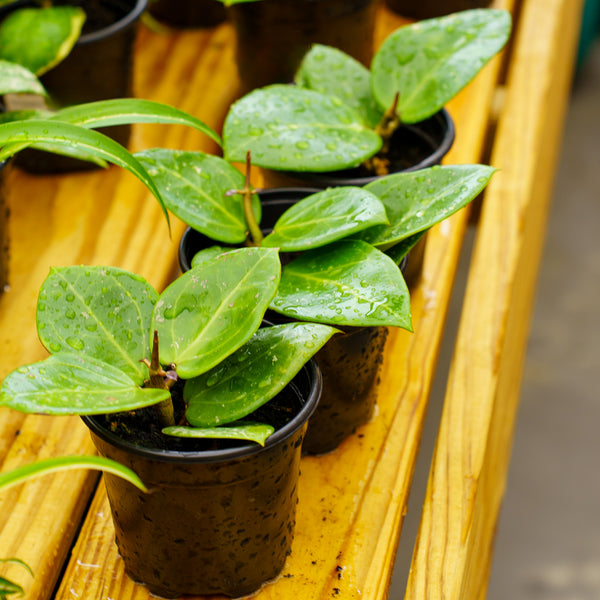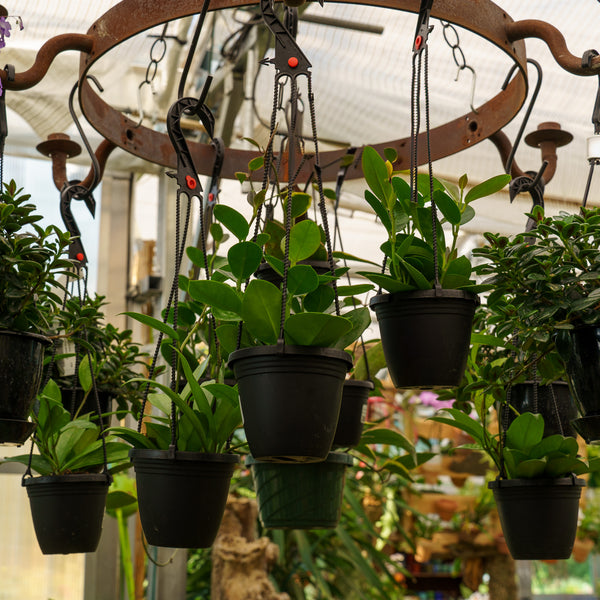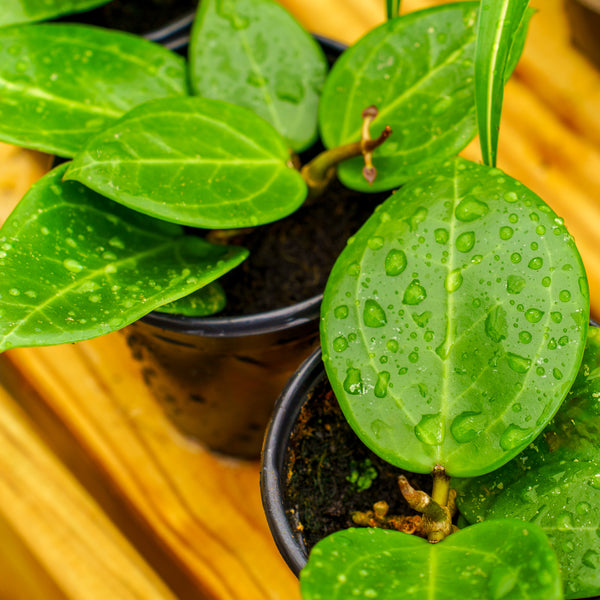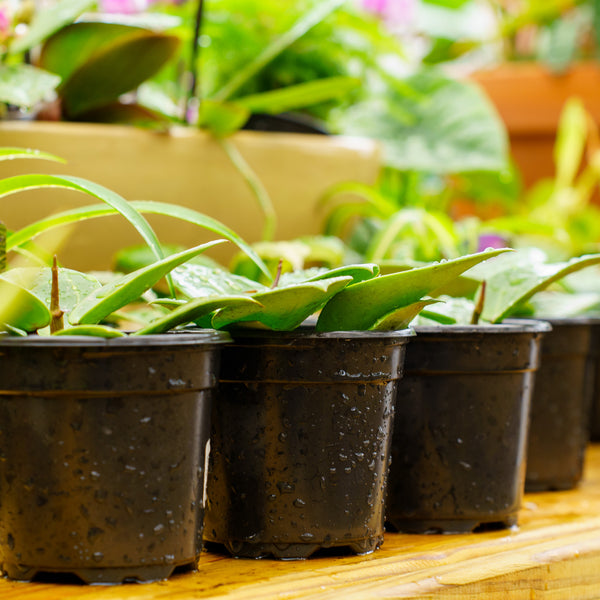Assorted Hoya
Assorted Hoya (Hoya species and hybrids)
Assorted Hoya, often called wax plants, are epiphytic vines and trailers prized for thick, glossy leaves and starry, fragrant flower clusters; their slow growth, drought tolerance, and elegant forms make standout indoor specimens and hanging features.
Distinctive Features
Succulent foliage ranges from smooth to crinkled or variegated, while umbels of waxy, nectar-rich blooms perfume the air on mature plants and provide long-lasting display.
Growing Conditions
Provide bright, indirect light, a chunky, fast-draining potting mix, and modest, consistent moisture; allow the mix to dry partly between waterings and avoid oversizing pots.
- Sun Exposure: Bright, indirect light; a few hours of gentle morning sun can boost flowering.
- Soil: Well-drained, airy mix with bark, perlite, and a bit of peat or coco; avoid dense, water-holding soils.
- Water: Water thoroughly, then let the top 1 to 2 in dry; reduce in winter.
- USDA Hardiness Zones: 10 to 11 outdoors; grow indoors elsewhere.
- Mature Size: Vines typically 3 to 10 ft indoors, longer with support.
- Bloom Time: Spring to fall on mature plants with good light.
- Humidity: Moderate to high is preferred, around 40 to 60 percent.
- Soil pH: Slightly acidic to neutral, about 6.0 to 7.0.
Ideal Uses
Train on trellises for sculptural form, trail in hanging baskets, or cluster different leaf shapes and variegations for a living gallery.
- Focal Point: Architectural vines and umbels create a living sculpture.
- Hanging Displays: Cascading stems show off foliage and peduncles.
- Trellised Specimens: Compact spirals on hoops or ladders suit shelves.
- Collector Groupings: Mix leaf forms and colors for contrast.
- Low-Light Transitions: Tolerates bright shade better than many houseplants.
Low Maintenance Care
Keep roots snug, feed lightly, and resist the urge to remove old flower spurs; patience and steady conditions reward with blooms.
- Watering: Deep soak, then drain fully; err slightly dry rather than wet.
- Pruning: Trim vines for shape but do not cut off peduncles, which rebloom.
- Fertilizing: Feed monthly in spring to summer with balanced or bloom-boosting fertilizer at half strength.
- Mulching: Not required in pots; top with decorative bark to slow evaporation if desired.
- Notes: Use snug pots, provide support for climbing types, and increase light gradually to avoid scorch; generally pest resistant but watch for mealybugs.
Why Choose Assorted Hoya?
Diverse forms, forgiving care, and scented blooms make hoyas exceptional indoor plants for beginners and collectors alike.
- Fragrant Flowers: Waxy, star-shaped umbels with long display.
- Waterwise: Succulent leaves tolerate brief drying.
- Space Efficient: Train vertically or trail to fit any room.
- Longevity: Reliable houseplants that improve with age.
- Collectible Diversity: Wide range of leaf shapes, textures, and variegations.
Place in bright, indirect light with a chunky mix, water sparingly, and keep peduncles intact to encourage repeat bloom.
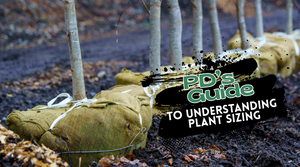
OUR SIZING
Not sure what 2 inch B&B or 30 Gallon Clump really means? This guide breaks down all our plant size terms so you know exactly what to expect, whether you're ordering online or picking up at our nursery. From caliper measurements to container volumes, we've decoded our system to help you shop with confidence.

Plant Detectives Shipping Guide
Nationwide plant shipping made easy. Learn how we ship trees, shrubs, annuals and perennials. No order too big or too small. Fast, careful, and contractor-friendly.

